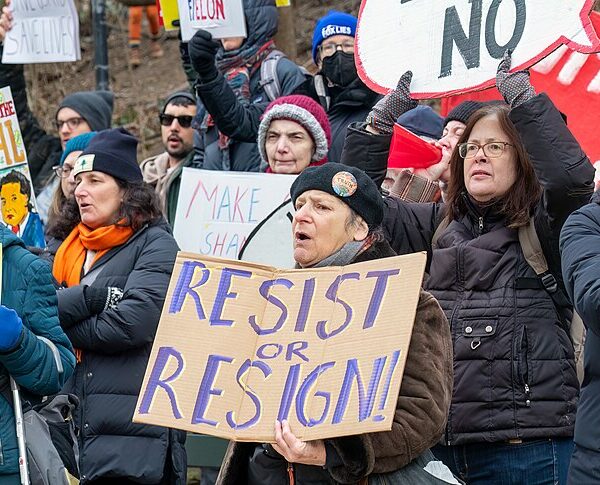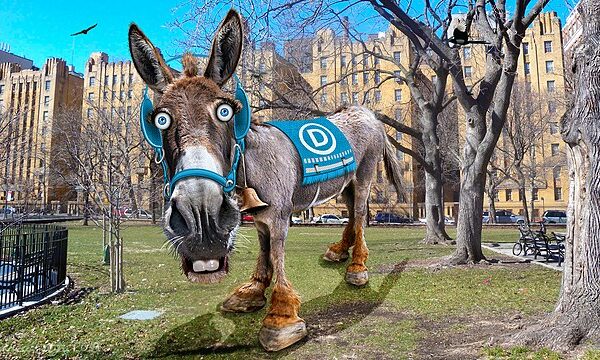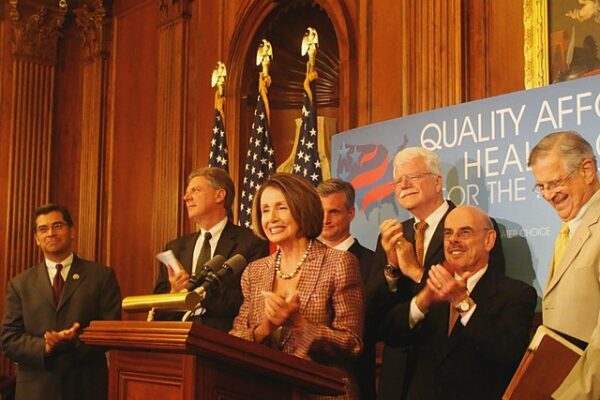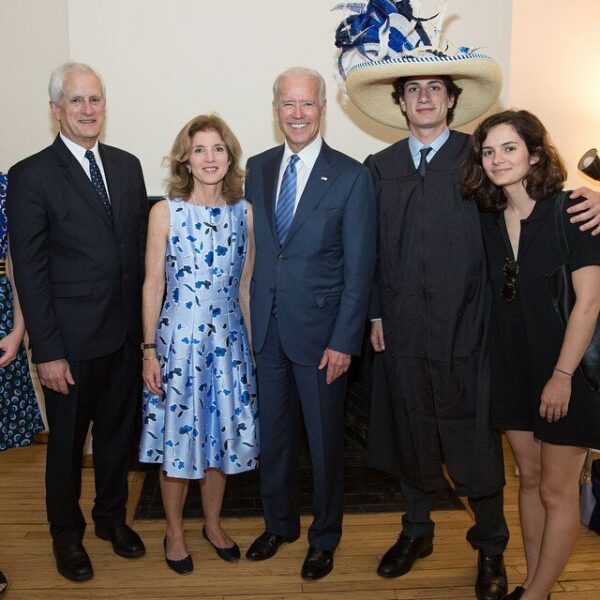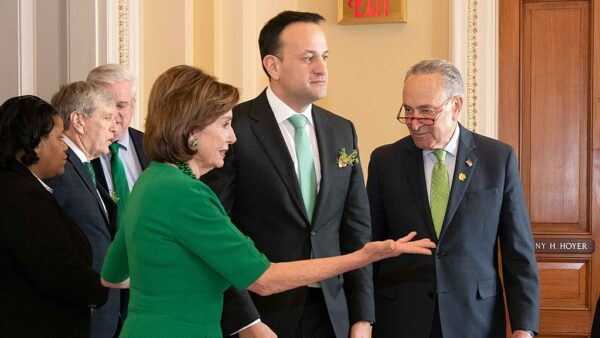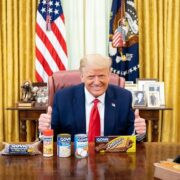
Workers across China are taking to the streets in growing numbers as U.S. tariffs imposed by President Donald Trump continue to cripple the country’s already fragile export-driven economy. From industrial hubs near Shanghai to rural outposts in Inner Mongolia, unrest is spreading as factories shutter, wages go unpaid, and economic insecurity deepens.
In recent days, thousands of workers surrounded a LED light plant near Shanghai, demanding months of overdue wages, according to reports. In Dao County, employees of a shuttered sporting goods company protested outside their former workplace after it closed without compensation. Meanwhile, in the northeastern city of Tongliao, construction workers scaled rooftops, threatening suicide unless their payments were made.
The protests follow a steep collapse in Chinese export orders—now reportedly at their lowest point since the COVID-19 lockdowns. According to estimates from Goldman Sachs, as many as 16 million jobs in China are at risk as the American tariff campaign cuts deeper into key sectors, wrote The Daily Caller.
The wave of unrest follows a brutal plunge in China’s export orders, now at their lowest since the COVID lockdowns. Goldman Sachs estimates up to 16 million Chinese jobs could vanish as Trump’s tariffs bite deeper into the regime’s weak underbelly.
Huang Deming, a garment exporter in southern China, has already sidelined 30% of his workforce after three major U.S. clients walked away, the Wall Street Journal reported. Textile manager Qian Xichao said the internal market is so bleak that Chinese factories are locked in suicidal price wars just to stay afloat.
“To be frank, personally speaking, all we can do is go out and look for new opportunities,” Qian told the Journal.
The wave of anger sweeping across China today echoes the uprising in 2022 when Chinese citizens protested President Xi Jinping’s COVID lockdown orders. Xi’s forces quickly cracked down on dissent, leading to violent clashes across the country. China watchers anticipate Xi will take action again.
President Trump has defended the economic squeeze, calling it a deliberate strategy to end what he described as a longstanding imbalance. “They were making from us a trillion dollars a year,” he said. “They’re not doing that anymore.”
The pressure seems to have been getting to the CCP. China is quietly making economic concessions to the Trump administration despite maintaining a defiant public stance. On April 24, senior Chinese officials were seen entering the U.S. Treasury building, signaling behind-the-scenes engagement.
Though Beijing denies ongoing talks, selective exemptions from retaliatory tariffs — particularly on key American exports like semiconductors, pharmaceuticals, and aviation parts — suggest otherwise. Trade experts see this as evidence of China’s economic vulnerability and dependence on U.S. technology and goods. Despite official rhetoric demanding the U.S. lift tariffs, China’s actions reflect a strategic retreat driven by internal economic pressures, including deflation and a debt crisis. The aviation sector further illustrates the imbalance, as China halts Boeing orders but remains reliant on American parts and services. In trying to project strength while managing economic weakness, Xi Jinping’s regime is revealing the limits of its leverage.
[Read More: Dems At Each Other’s Throats Over Chairmanship]

